NanoPano 21:9 Panoramic Camera — My DIY Build
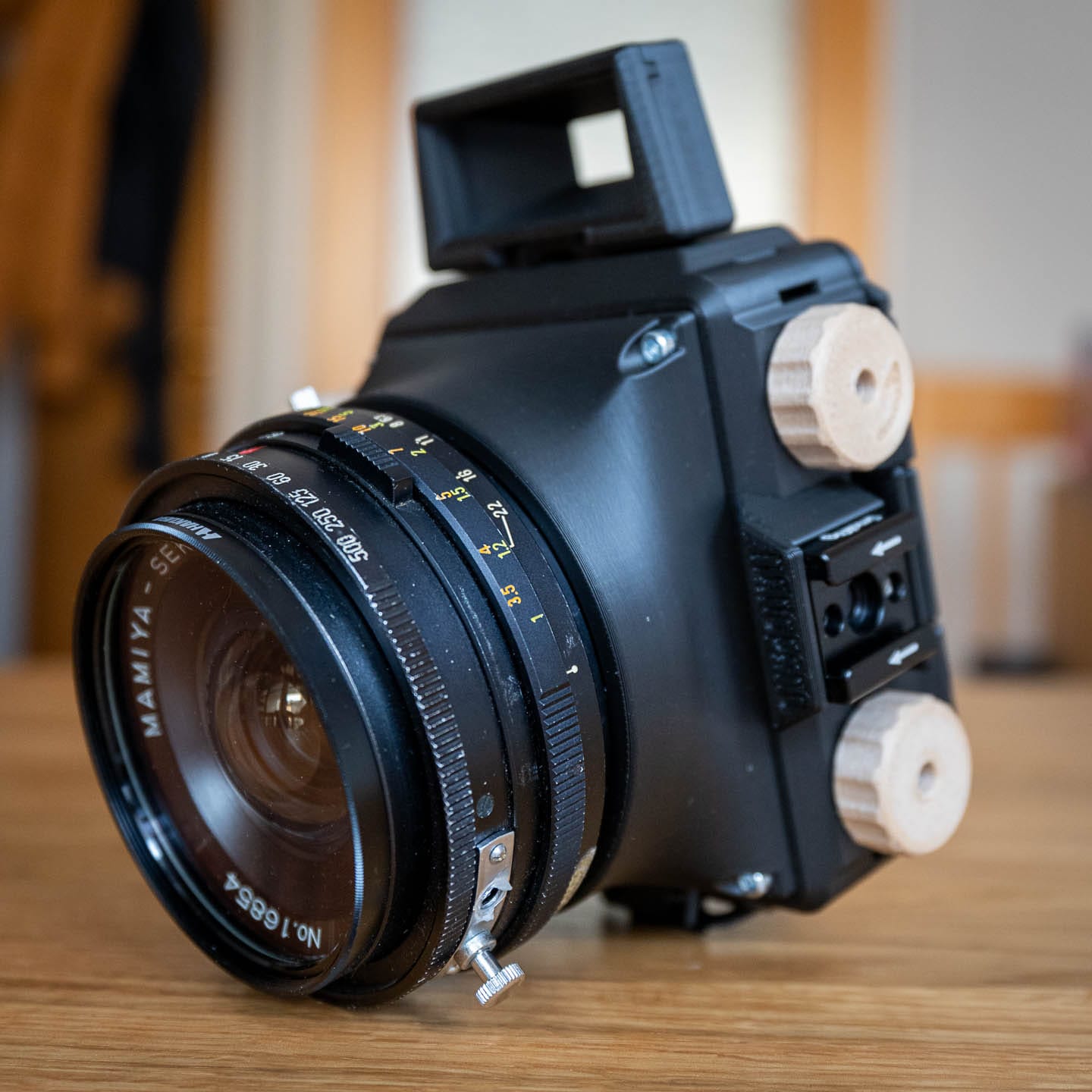

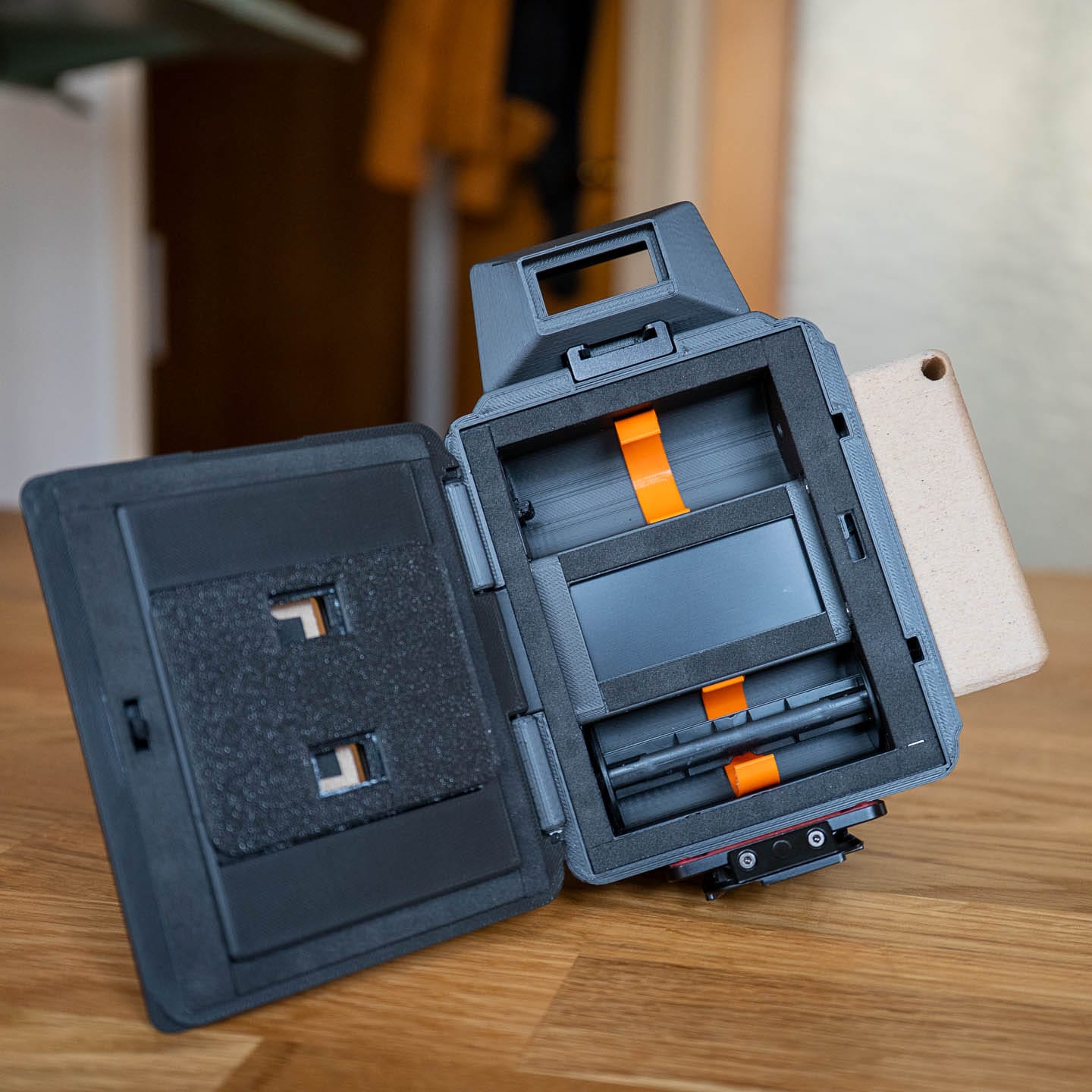
Introduction
This project documents my journey building the NanoPano 21:9 panoramic film camera using the open-source design by SPRKPLG. The NanoPano is a modular, 3D-printable camera designed for 120 film, producing stunning cinematic panoramas by splitting each 6×6 frame into two 24×56mm exposures — resulting in a dramatic 21:9 aspect ratio that's reminiscent of widescreen cinema.
The 21:9 panoramic format is a joy to compose with — wide, cinematic, and perfect for landscapes, city scenes, and creative storytelling. Building and shooting with the NanoPano has been an inspiring experience, and I'm excited to share my results, process, and a few challenges along the way.
Sample Images

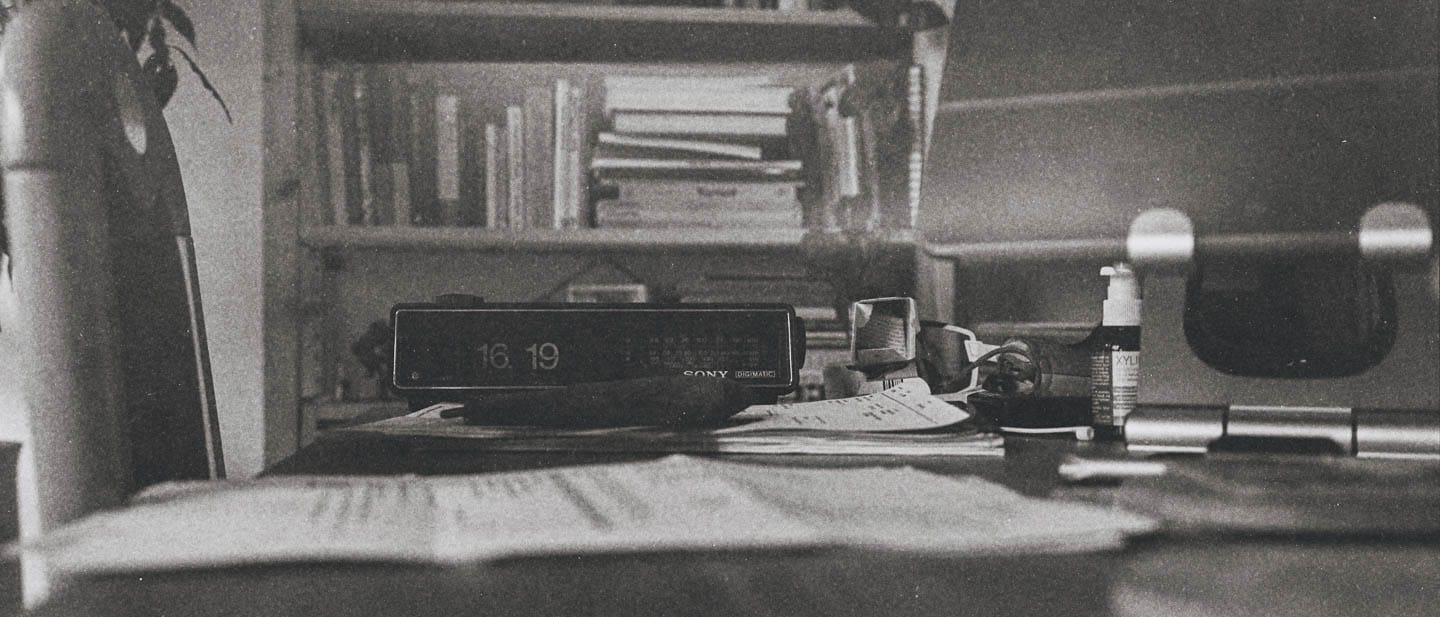
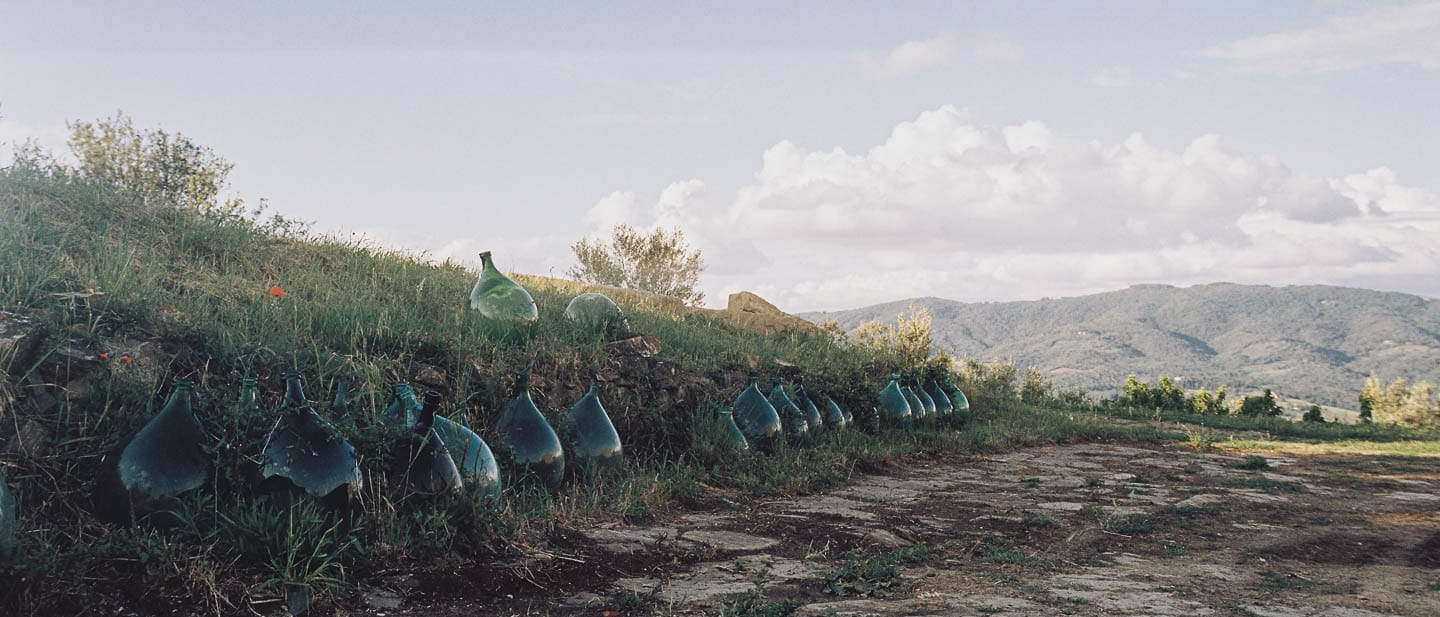
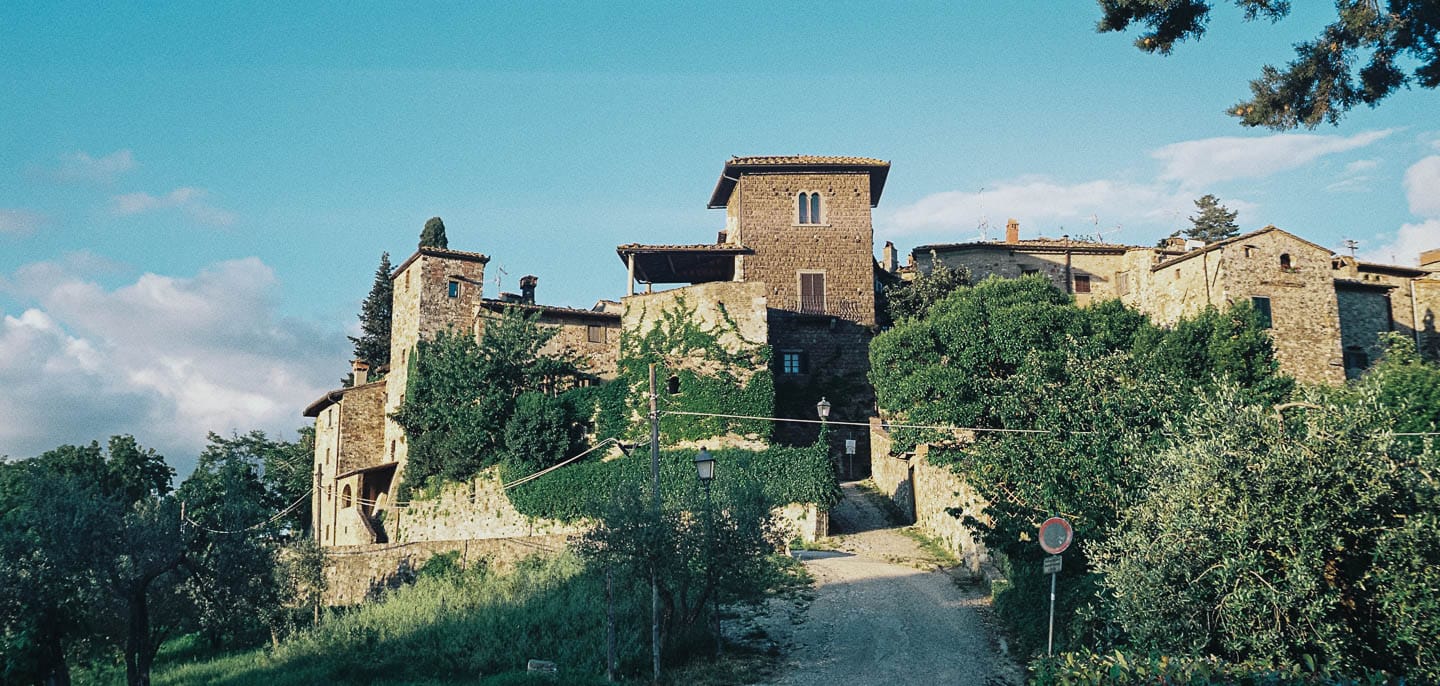
- The top row showcases Kentmere Pan 400 black and white film, capturing the moody atmosphere of Linz and the textured details of my cluttered dining table in the distinctive 21:9 panoramic format.
- The bottom row reveals Kodak Gold 200's warm color palette, beautifully rendering the golden stone buildings and verdant hillsides of Tuscany while emphasizing the cinematic sweep that makes this ultrawide aspect ratio so compelling for landscape photography.
Build Process & Printing
Printer & Materials:
I printed all parts on my Voron Switchwire, using extrudr GreenTec Pro PLA. The files printed cleanly and fit together well, requiring minimal post-processing.
Printing Documentation:
Below are a few shots of the printing process. The Voron Switchwire handled the intricate details beautifully, especially around the film gate and pressure plate areas which require precise dimensions.
[VIDEO: NanoPano Printing Process – coming soon]
These clips show key moments during the printing of the main camera components. The extrudr GreenTec Pro PLA provided excellent dimensional stability for the precision parts.
Assembly:
Assembly was straightforward following the documentation. I used the official printed viewfinder included in the design — no modifications or additional flocking were needed.
The Finished Camera as 3D Gaussian Splat
[3D GAUSSIAN SPLAT: Interactive NanoPano Camera – coming soon]
This interactive 3D model lets you examine the camera from all angles.
Lenses & Camera System
I recently acquired a used Mamiya Press Super 23 kit, which included four classic Mamiya lenses:
- 50mm f/6.3
- 65mm f/6.3
- 100mm f/3.5
- 150mm f/5.6
However, for my initial tests with the NanoPano, I only shot with the Mamiya Sekor 50mm lens. This combination delivers an ultra-wide perspective, perfect for the panoramic format.
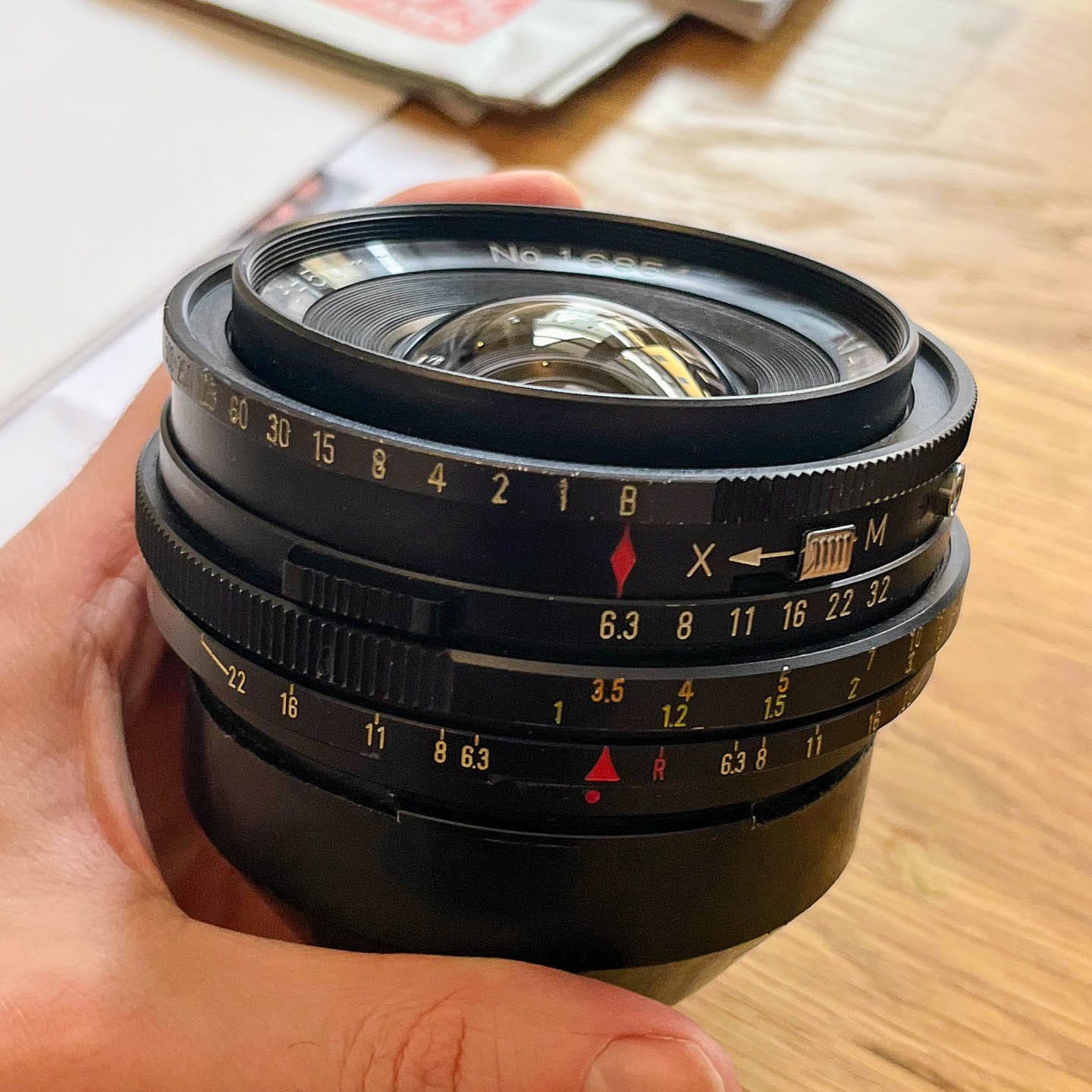
The NanoPano supports multiple Mamiya Press equivalent focal lengths (50, 65, 75, 90, 100, and 127mm) with corresponding viewfinder masks – and also other brands. Make sure to check out the compatibility list and the corresponding lens cone prints.
Shooting Experience
I shot my first rolls in Linz and Tuscany, using both Kentmere Pan 400 (black and white) and Kodak Gold 200(color).
- Kentmere Pan 400 is a versatile black and white film with classic grain, good sharpness, and pleasing contrast—great for everyday shooting and a wide range of lighting conditions.
- Kodak Gold 200 produced beautiful, warm colors with a nostalgic feel. I especially love how the colors came through on the panoramic negatives—vivid, but not overbearing.
Note on Kodak Gold 200 in 120 Format
There's some discussion in the film community about the color rendition of Kodak Gold 200 in 120 format. Some users have reported that it can look muddier or have unusual color shifts compared to the 35mm version, but many others find it vibrant and pleasing, especially for landscapes and travel photography. My own results were very positive, with rich, lively colors that suit the panoramic format well.
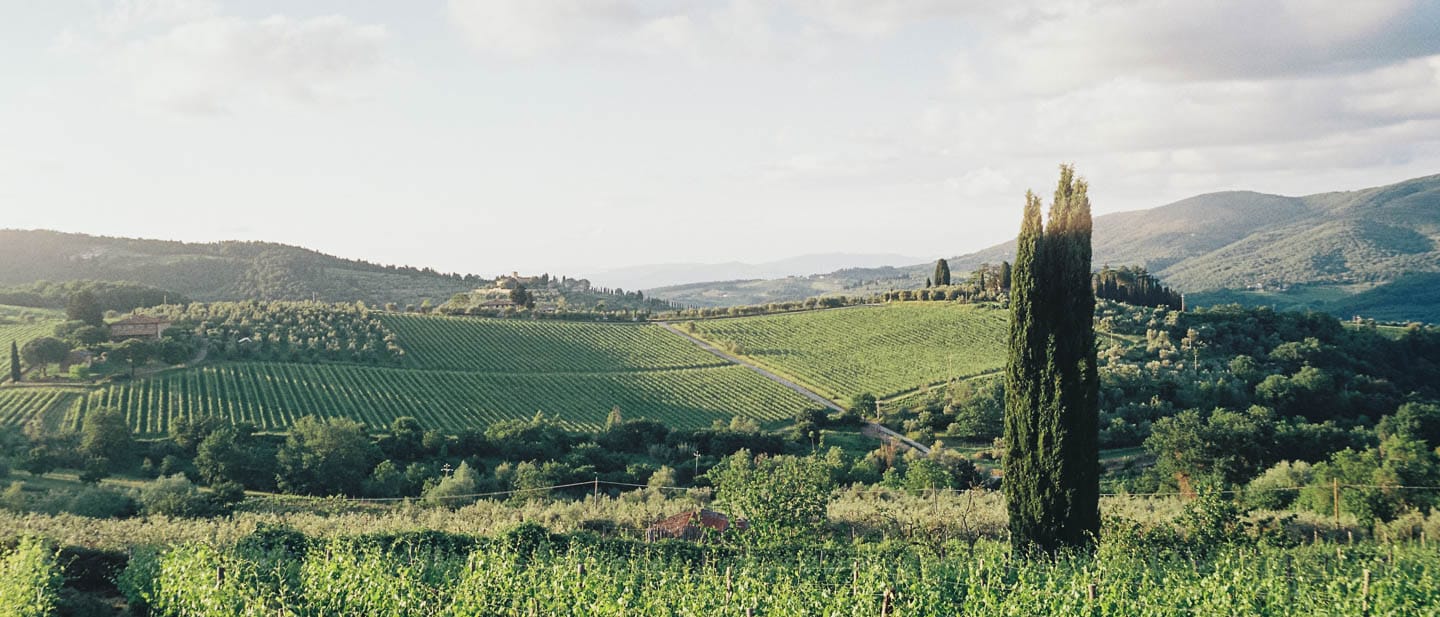
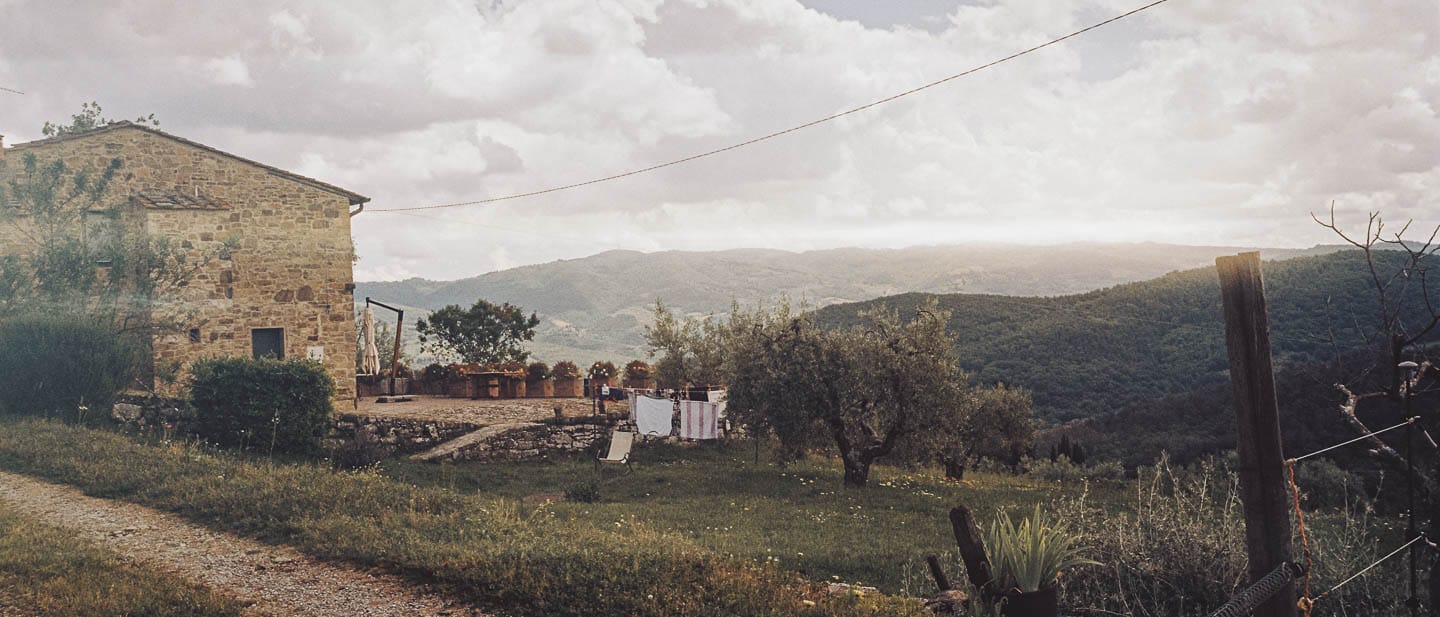
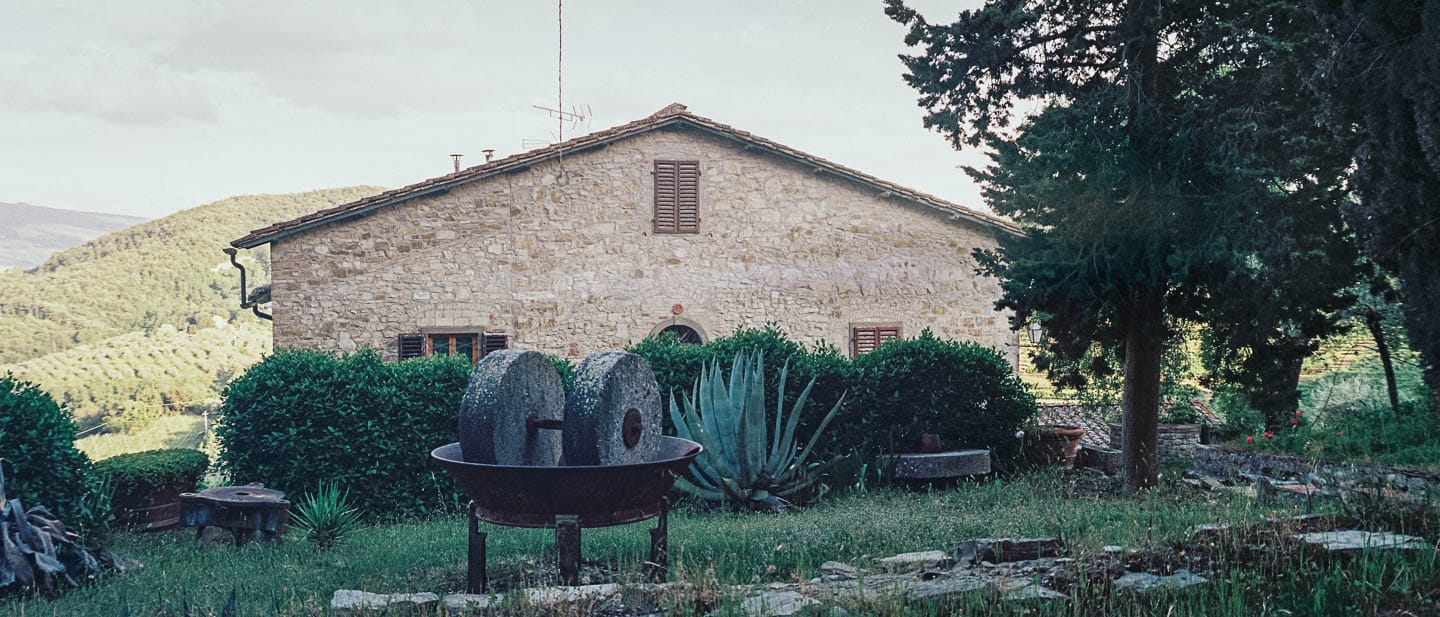

Light Leak Issue
While I'm thrilled with the results overall, I did encounter light leaks on most frames — a common challenge with DIY cameras. After examining the pattern and consistency of these leaks, I suspect the dark slide might be the culprit. The characteristic light streaks appear in similar positions across multiple images, suggesting that light might be entering around the edges of the dark slide when it's not fully seated or through small gaps in its housing.
Example Problem Frames
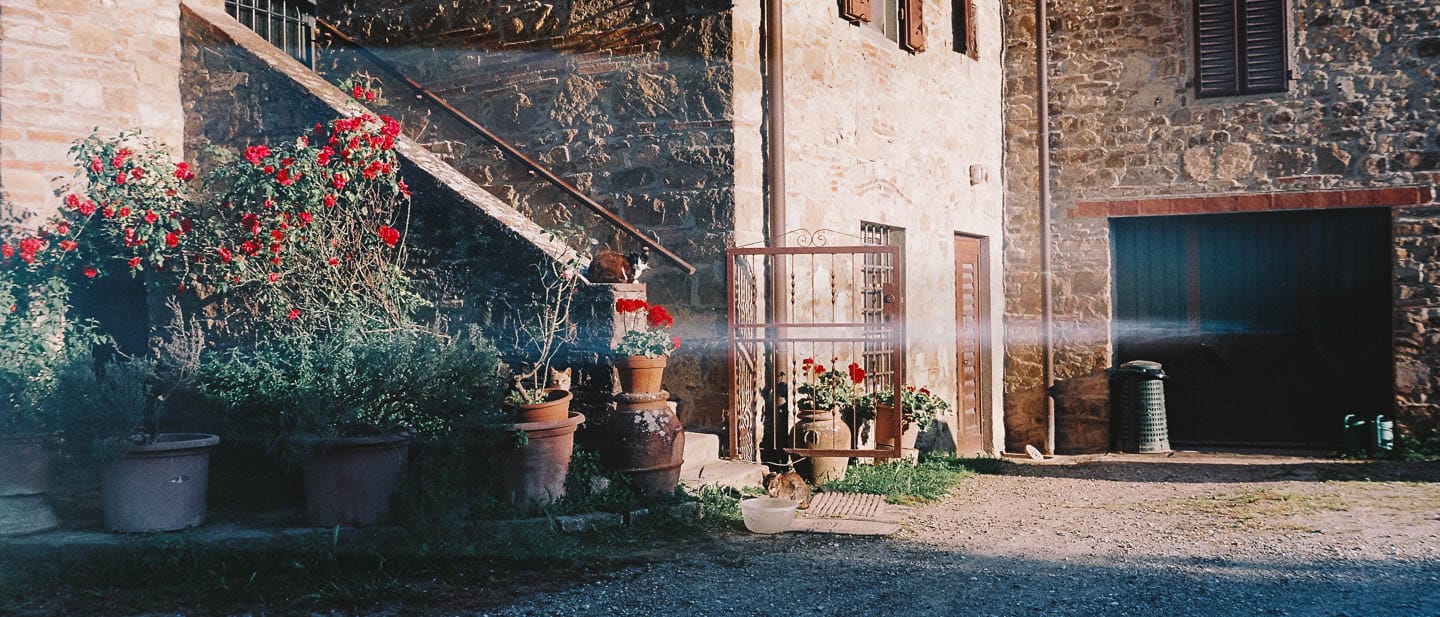

Credits & Resources
The NanoPano is made possible by SPRKPLG's open-source design and dedication to the analog community.
👉 Visit nanopano.sprkplg.com for build files and guides.
👉 Support SPRKPLG on Patreon
👉 Check out SPRKPLG's YouTube channel
👉 Follow Max on Instagram @maxsprkplg
Final Thoughts
Building and shooting with the NanoPano has been a rewarding, creative experience. The format is inspiring, and the camera is already a favorite in my kit. If you're looking for a hands-on project or want to explore panoramic film photography, I can't recommend this design enough.
Stay tuned for updates as I refine the build and (hopefully) solve the light leak issue!
